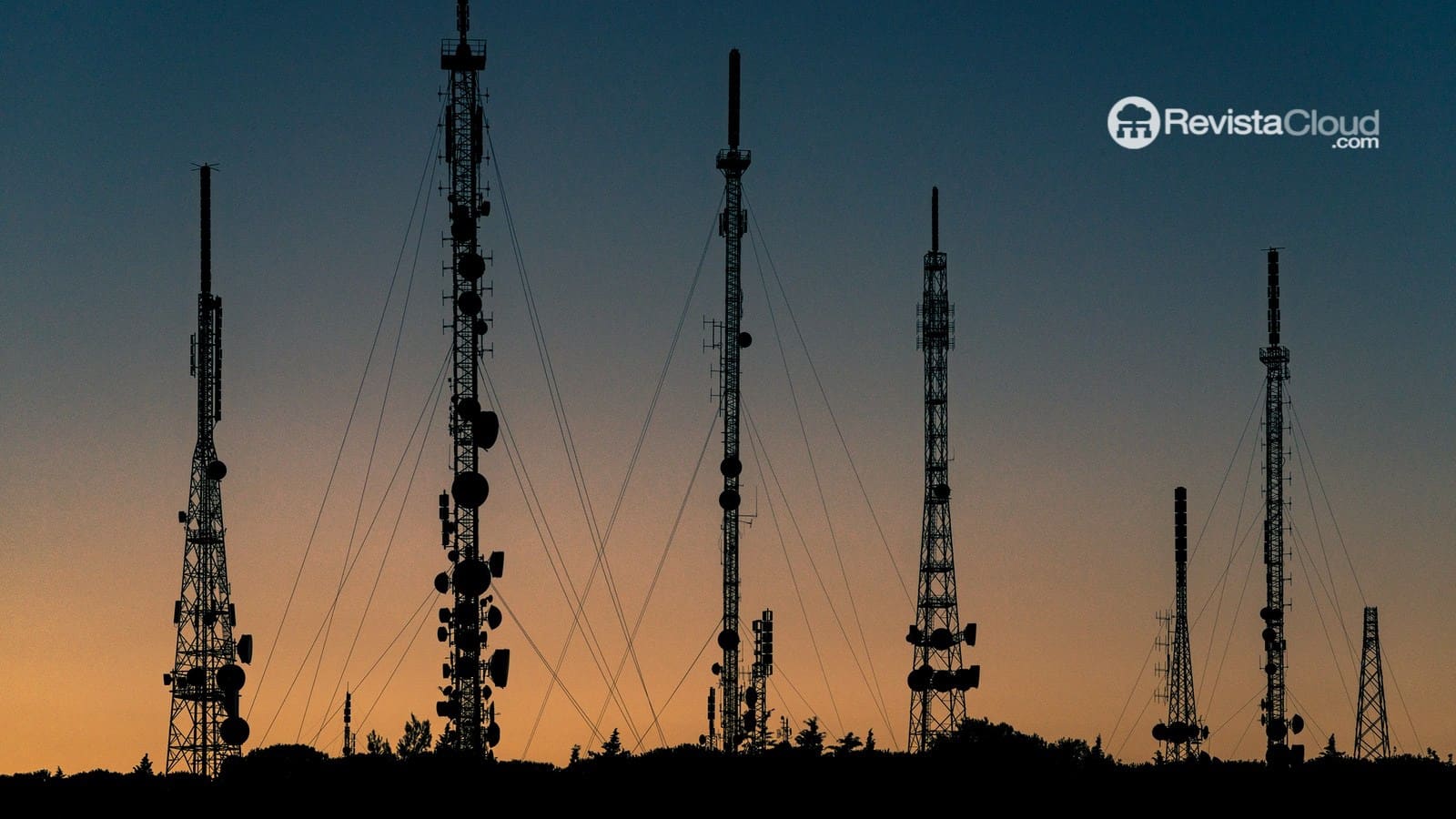The annual telecommunications report reveals sustained growth in the market, with more fiber optic, increased mobile data usage, and less landline phone usage.
Germany continues its digital transformation at a good pace. This is confirmed by the 2024 annual telecommunications report published by the Federal Network Agency, the German regulatory authority in the sector. The study, which exceeds 130 pages, provides a detailed overview of the evolution of the telecommunications market over the past year, revealing a widespread increase in sector revenues, notable growth in data usage, and a solid expansion of fiber optic networks.
A market generating more revenue and investing
In 2024, the sector generated 61.1 billion euros, representing a growth of 2.2% compared to 2023. Of that figure, 27.4 billion euros correspond to Deutsche Telekom, which now holds 45% of the market, consolidating its leadership.
Regarding investments, operators allocated 15.3 billion euros to new infrastructures, highlighting the deployment of fiber networks and the expansion of mobile coverage. Since the market liberalization in 1998, a total of more than 230 billion euros has been invested in telecommunications infrastructures.
Germans are surfing more, but talking less
One of the most striking data points in the report is the consumption of data in the fixed service, which reached 149 billion gigabytes (equivalent to 138.7 exabytes), averaging 26.8 GB per month per connection. This represents a new year-on-year increase, in line with trends from previous years.
In contrast, the number of minutes spent on landline calls has significantly decreased: from 104 billion in 2020 to just 57 billion in 2024.
Fiber optic continues to gain ground
Germany closed 2024 with 38.6 million broadband connections, of which 5.3 million were active fiber optic connections, with particularly notable growth in FTTH (Fiber to the Home) access. However, the take-up rate remains around 24%, indicating that many streets already have fiber, but households have yet to subscribe to the service.
Mobile dominates, but SMS is declining
In the mobile sector, 109.2 million active SIMs were in use at the end of 2024, equivalent to 1.3 cards per inhabitant. 73% of the contracts correspond to postpaid plans. The use of 5G networks doubled compared to the previous year, reaching 37.4 million users.
In terms of data, mobile users consumed 9.592 billion gigabytes throughout the year, averaging 7.4 GB per month per active SIM. 88% of traffic occurred over LTE networks, while 10% took place on 5G.
Meanwhile, the use of SMS continues to plummet: only 5.2 billion messages were sent, far from the nearly 60 billion recorded in 2012.
Nearly complete coverage, but there are still “dead zones”
The combined mobile coverage (2G, 3G, 4G, and 5G) reached 99.8% of the territory, although the operator 1&1 is still in the initial deployment phase, with only 0.52% of 5G coverage. The Federal Network Agency has also demanded stricter conditions for the renewal of LTE frequencies, such as ensuring 100 Mbit/s on highways and rural areas.
Higher minimum guaranteed bandwidth
In an important step toward digital inclusion, the regulatory agency has increased the minimum guaranteed broadband from 10 to 15 Mbit/s download and from 1.7 to 5 Mbit/s upload. The maximum monthly price for this basic connection is now set at 35 euros.
Problems with unsolicited phone advertising persist
Despite regulation, illegal phone advertising remains an issue. In 2024, thousands of complaints were processed, and the Federal Network Agency imposed 1.37 million euros in fines. Illegal practices are particularly cited in sectors such as solar energy and dietary supplements.
Free choice of equipment remains
The regulatory authority has also reiterated that, even on fiber networks, users have the right to choose their own equipment (router, ONT, etc.). This decision hinders attempts by some operators to impose specific devices in their installations.
Conclusion
The annual report from the Federal Network Agency confirms that Germany is moving towards a more solid and robust digital ecosystem, although challenges remain, such as the low adoption of installed fiber or the inefficient double deployment of infrastructures by competitors. Data consumption, both fixed and mobile, continues to grow, while traditional phone and SMS usage keeps declining. Germany’s digital future looks promising, but it will require firm policies and coordination between public and private actors to consolidate its potential.

